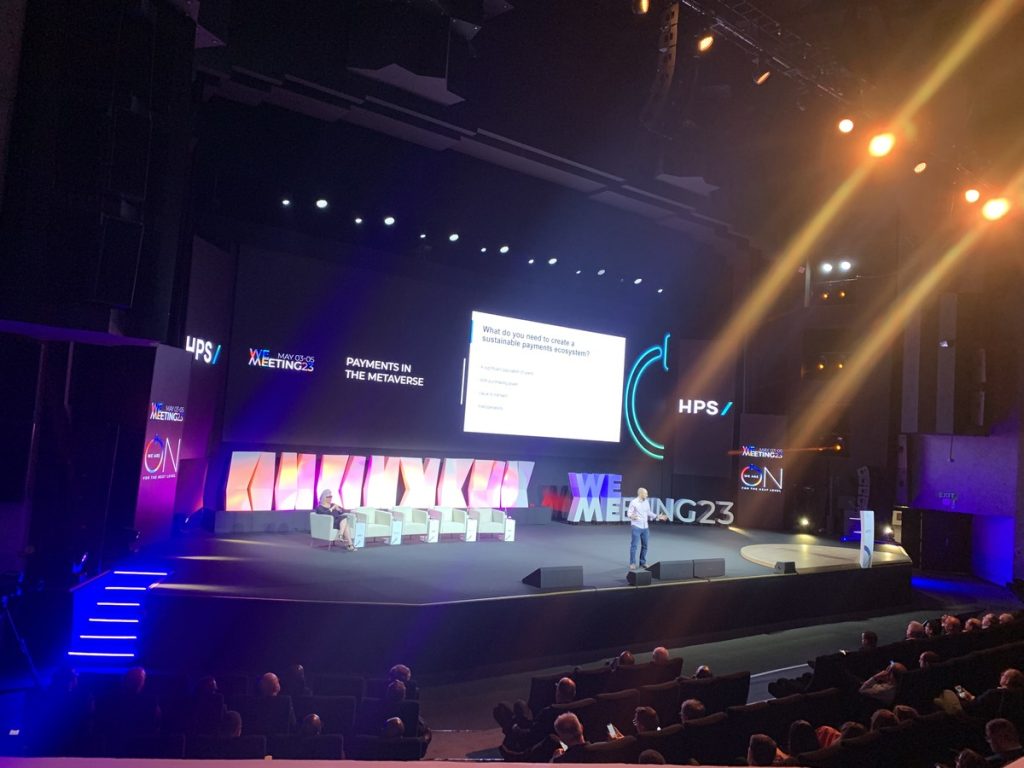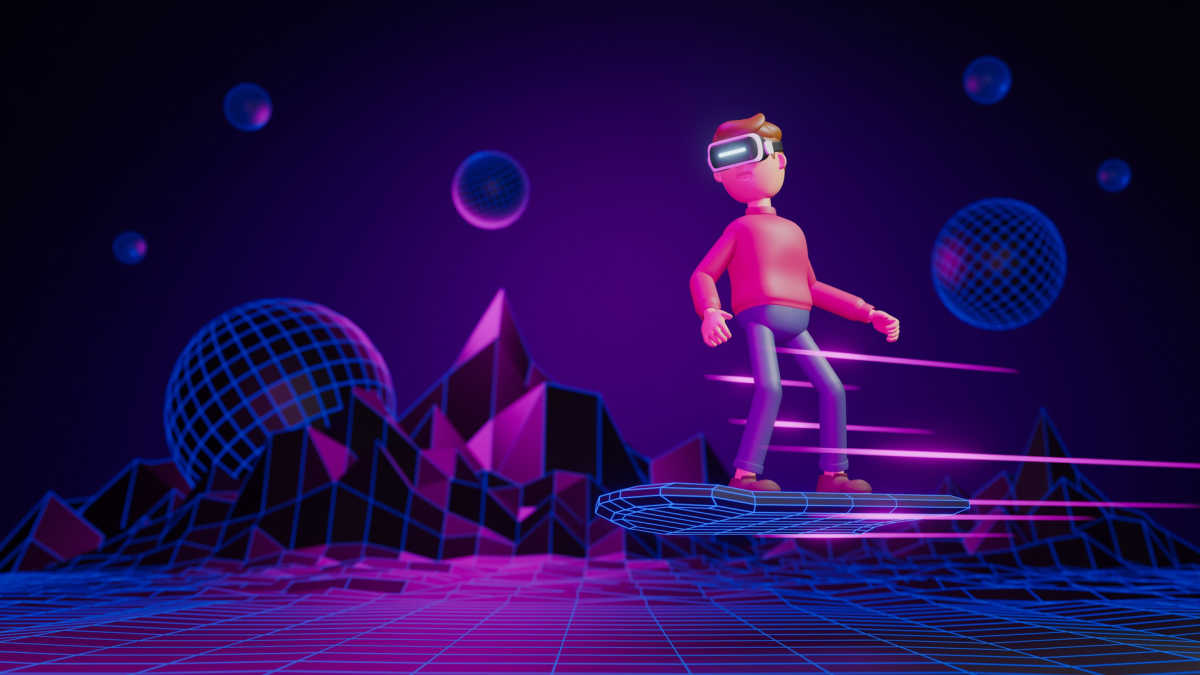The metaverse has often been touted as the next step in the rapidly evolving digital sector for human interaction, however, there are still sceptics who question its long-term sustainability.
Many have also taken aim at whether the metaverse can converge with the physical world in harmony, with this convergence being labelled as ‘phygital’ by PwC’s Head of Metaverse Technology, Jeremy Dalton.
Dalton was a keynote speaker at this year’s WeMeeting23 event in Marrakech and analysed the fundamentals of the metaverse and how large scale companies such as Nike and Dolce&Gabbana are tapping into the digital world to hand out real world benefits.
The showcase panel began by offering insight into the minds of investors and what their interpretation of the metaverse is. Dalton displayed findings that 38% of investors defined it as ‘virtual world’, which he described as being encouraging for the digital world.
Amongst the rest of answers, 21% defined the metaverse as ‘Facebook’s new name’ (which is actually now Meta), 14% labelled it as ‘Web3.0’ and ‘a crypto’ respectively, 6% defining it as ‘a new Google’, and 1% not knowing at all what the metaverse is.
These findings would suggest that whilst the metaverse has not completely grabbed the majority of investors’ attention, the space has grown considerably over the course of the last several years.
Dalton dived into how internet adoption and consumption has skyrocketed over the last 20 years and in doing so, has helped birthed new concepts such as the metaverse, which may or may not be the next iteration of the internet.
He explained: “Back in 2005, we only had just over a billion people connected to the internet. Fast forward to today, and we’ve increased that by over five times.
“You need internet access to be able to access the metaverse. It’s a fundamental basic concept. So now all of a sudden, we have a greater population that can access this world, and therefore improve your business case for the metaverse as a result.”
“Computing power has become more available after 1961 costs $1.1 trillion to be able to process a billion calculations per second. “You can process that same amount of calculations now for a few cents.
“So thinking about the payments perspective, what do you need to create a sustainable payments ecosystem, just generally not necessarily in the metaverse. You need a significant population of users, you need people to be able to transact as a group. Basically, those individuals need to have the ability to make purchases.
“They need to have purchasing power. You need to have something to sell or buy in these books. There’s no point in having an empty marketplace. Interoperability, this idea that systems need to be able to work together, is also necessary.”

Whilst not tapping into virtual reality tech, fashion marketplace Poizon taps into augmented reality to allow shoppers to digitally wear products, such as sneakers, to give the consumer a greater sense of what they are purchasing before adding it to their basket.
Nike has become one of, if not thee most ambitious companies when it comes to embracing the metaverse and Web3.0 overall.
The dive into the metaverse and offering NFT sneakers have allowed Nike to become one of the early trendsetters when it comes to utilising and monetising the Web3.0 space, topping NFT revenue last year with $186m, $169m more than Dolce&Gabbana who drew in $15m in NFT revenue.
But, with all the avenues large scale companies are undertaking within the metaverse to harness its potential early, does this necessarily mean that adoption will expand in the next several years?
What has often been criticised about the early stages of the metaverse, or metaverses, is that they have yet to mature and often don’t meet the user experience expectations digital users would anticipate in 2023.
Meta has poured multiple billions into its metaverse division, Reality Labs, and has seen no return on investment as of yet. Caroline Hughes, CEO of Lifetise, has suggested that a multiverse of metaverses has slightly hindered the adoption process, with more than 2,000 metaverses currently built and more to come, this has raised questions on what is the right platform to explore.
Whether you are a believer of the metaverse or not, it is undeniable that this digital world will continue to expand and evolve over the course of the next decade.
As blockchain technology evolves and service providers begin to build more sophisticated worlds, we may garner a better understanding of how to mould our physical world with our digital world.





















